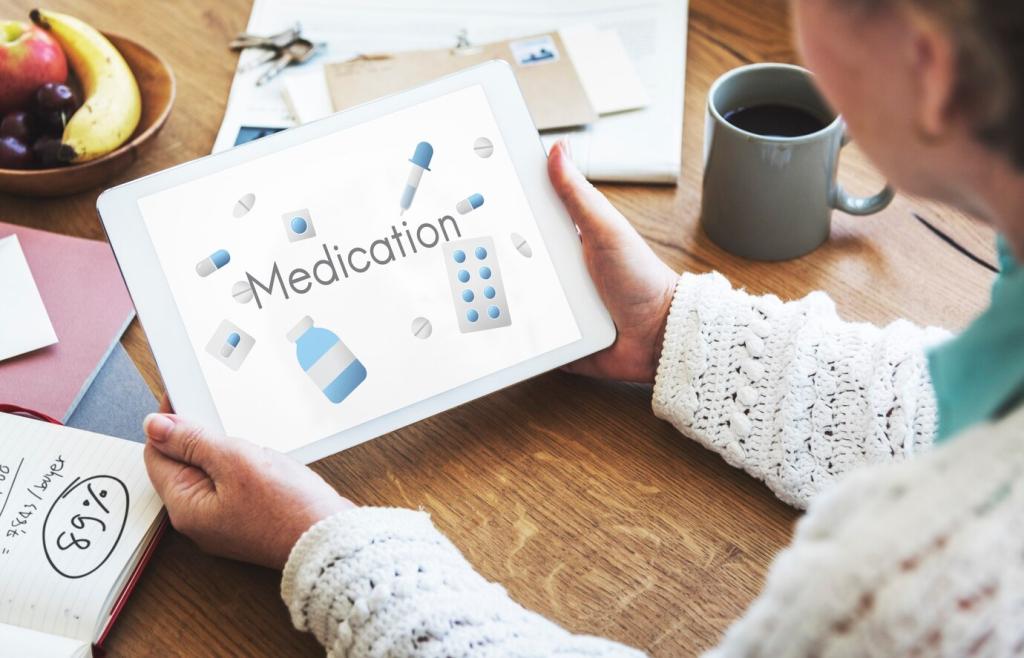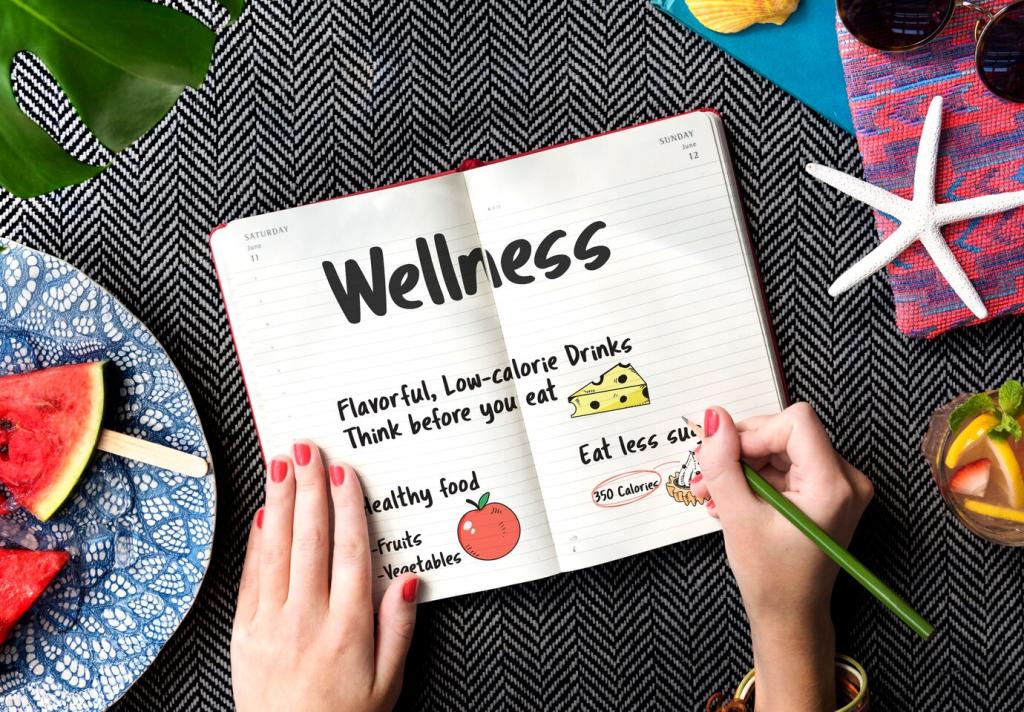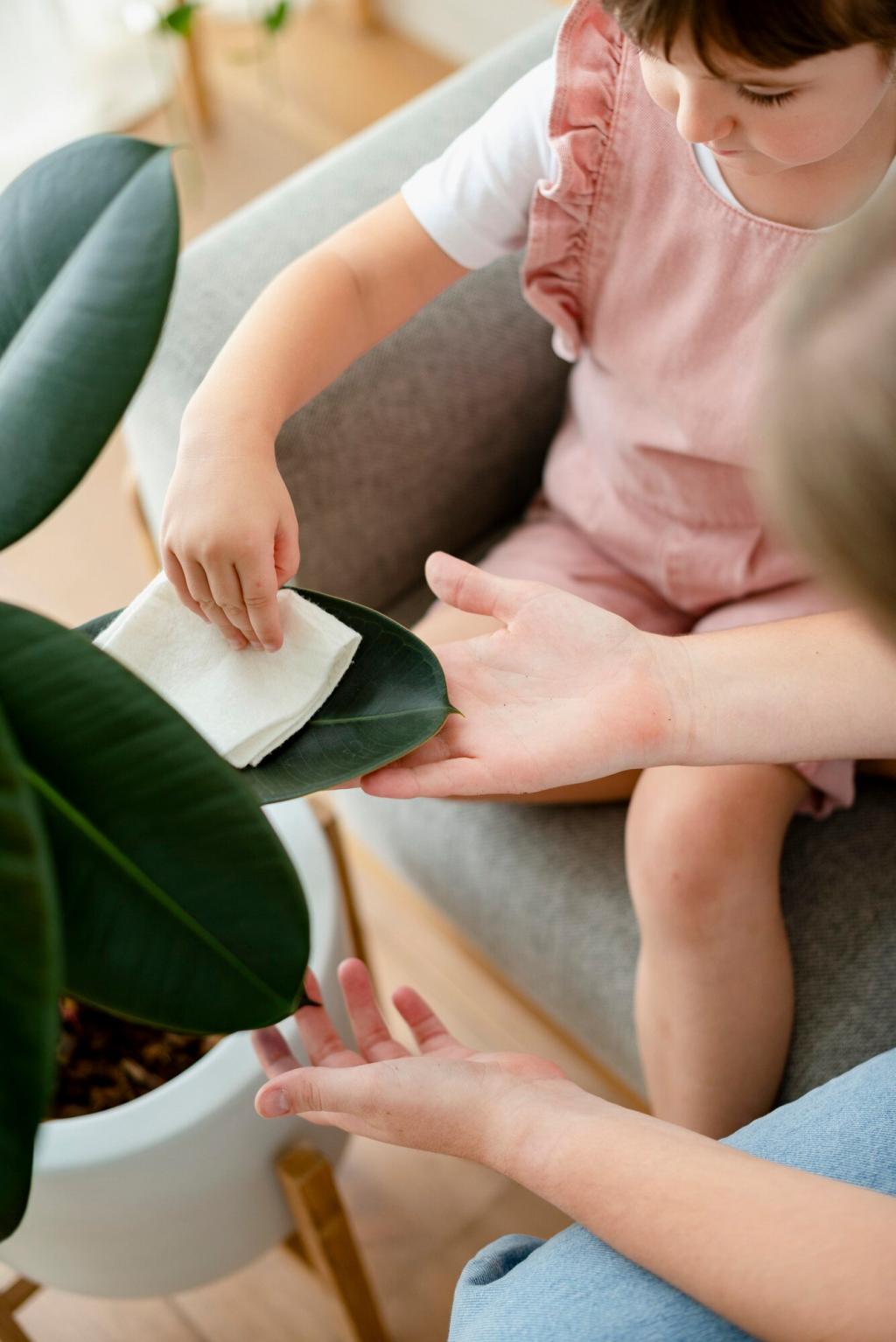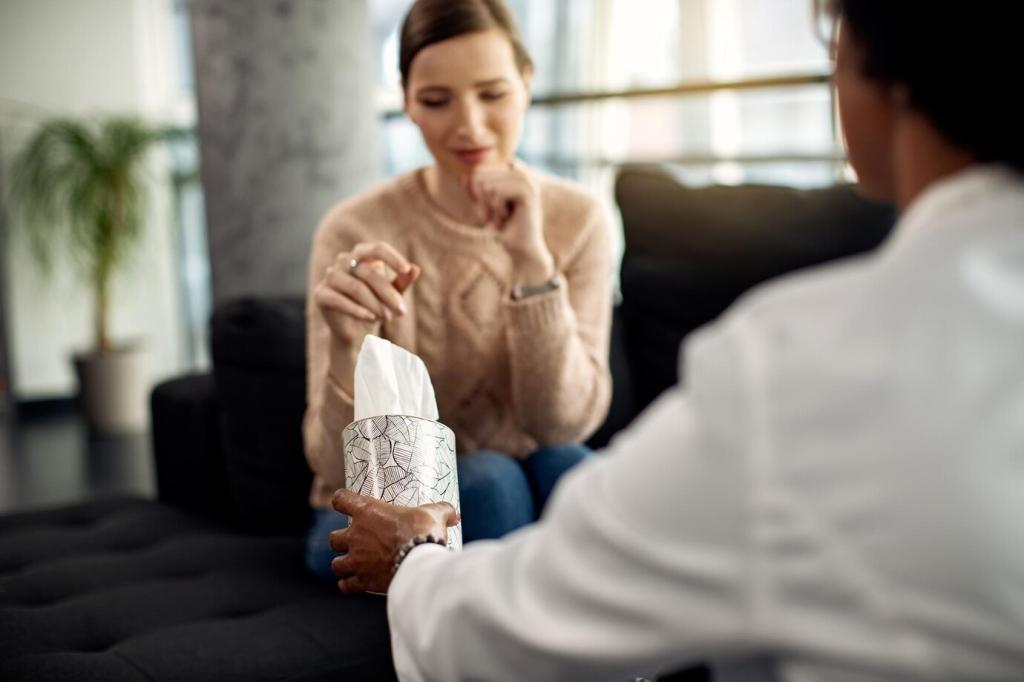The Brain on Art: What Neuroscience Reveals
Art-making helps the brain toggle between inward-focused rumination and goal-directed attention. This flexible switching can quiet repetitive worries, encourage focused flow, and support reflective awareness, creating a gentle mental rhythm that many describe as calming and clarifying.
The Brain on Art: What Neuroscience Reveals
Completing a small creative step—mixing a color, smoothing a line—can spark dopamine’s reward signaling. That tiny motivational lift encourages the next step, cultivating momentum, curiosity, and a sustainable practice that supports mood without demanding perfection.






